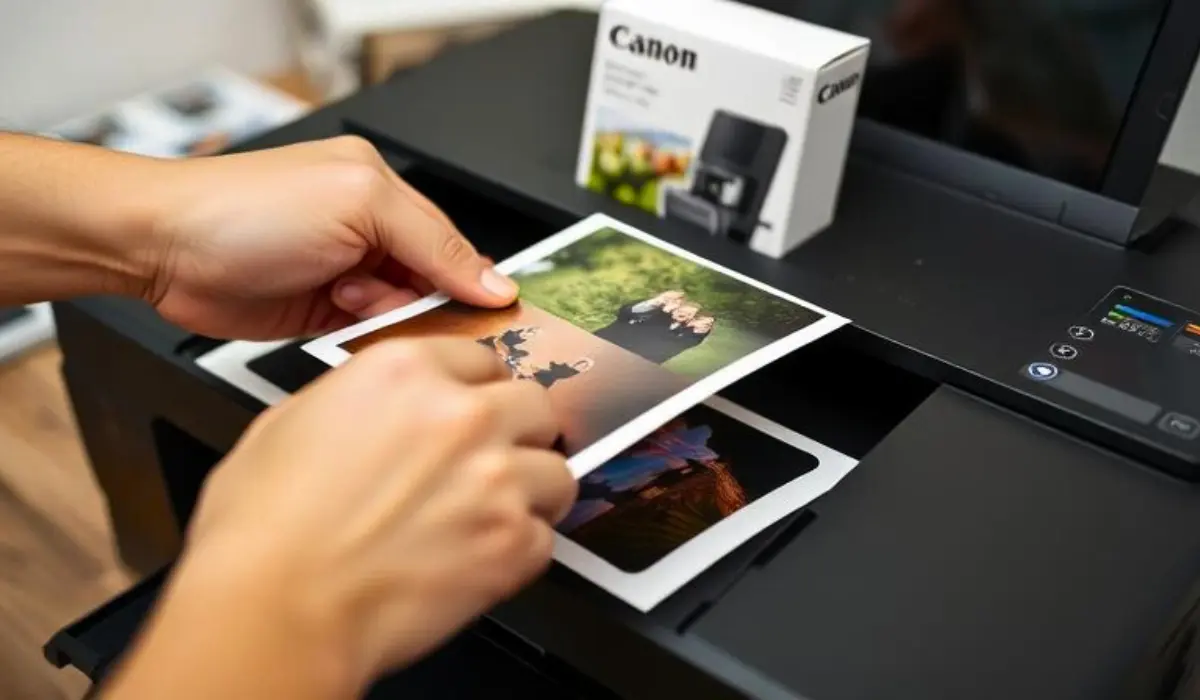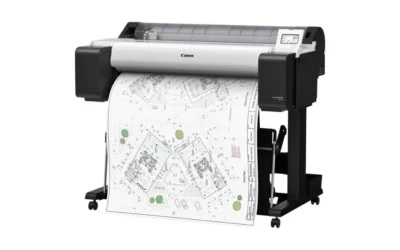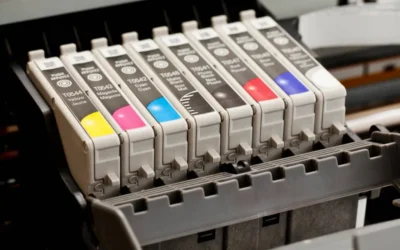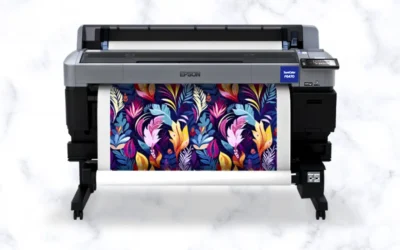Can Canon Printer Print on Glossy Paper? A Complete Guide
If you’re someone who loves photography, graphic design, or crafting, you’ve probably asked yourself: Can a Canon printer print on glossy paper? This is a common question among users who want to produce high-quality photo prints at home or in the office. Glossy paper is known for its shiny finish and vibrant color output, making it a top choice for photo printing and presentation documents.
Canon printers are well-known for their versatility and quality output, and many models are designed to handle a wide range of paper types, including glossy finishes. But to get the best results, it’s important to understand which Canon printers are suitable, what kind of glossy paper to use, and how to adjust your printer settings for optimal performance. In this article, we’ll explore everything you need to know to print beautifully on glossy paper using your Canon printer.
Understanding Glossy Paper
Glossy paper has a smooth, shiny surface that enhances the brightness and sharpness of printed images. It is commonly used for printing photos, marketing materials, brochures, and portfolios. Unlike matte paper, glossy paper reflects light, giving images a more vivid and polished look.
When it comes to printing on glossy paper, it’s essential to use compatible ink and printer settings. Canon printers, especially those from the PIXMA and imagePROGRAF series, are designed to print high-resolution images on glossy paper without smudging or dullness. But not all glossy papers are created equal—some are thicker, while others are double-sided or coated for specific ink types. Choosing the right paper will make a big difference in print quality.
Compatible Canon Printers for Glossy Paper
Not every Canon printer supports glossy paper, but many do—especially models made for photo printing. Here are a few examples:
Canon PIXMA Series: Ideal for home and creative users, PIXMA printers like the TS9120 or G620 offer excellent photo printing with borderless glossy finishes.
Canon imagePROGRAF Series: These large-format printers are perfect for professional use and deliver gallery-quality photo prints on various glossy media types.
Canon SELPHY Series: Compact and portable, SELPHY printers are specifically made for printing photos and work seamlessly with glossy photo paper.
These printers are engineered to handle glossy paper by using dye-based or pigment inks that dry quickly and bond well to shiny surfaces. Always check your printer’s manual or specs to ensure glossy paper is supported.
Choosing the Right Glossy Paper
To achieve the best possible print results, selecting high-quality glossy paper is crucial. Canon offers its own line of glossy papers, including:
Canon Photo Paper Plus Glossy II
Canon Glossy Photo Paper GP-701
Canon Photo Paper Pro Platinum
These papers are tested for compatibility with Canon inks and printers, which reduces the chances of smudging, warping, or fading over time. When using third-party glossy paper, make sure it’s labeled as compatible with inkjet printers and closely matches Canon’s recommended specifications for weight and coating.
Printing Tips for Glossy Paper
If you’re wondering can Canon printer print on glossy paper and want the best outcome, follow these helpful tips:
Select the Correct Media Type: When sending a print job, make sure to select “Glossy Photo Paper” or a similar option in the printer settings. This helps the printer adjust the ink volume and drying time.
Handle Paper Carefully: Avoid touching the glossy side with your fingers, as oils can cause smudges or prevent ink from adhering properly.
Use High-Resolution Images: Glossy paper enhances detail and color, so start with high-quality images for the best effect.
Let Prints Dry Fully: Allow prints to dry completely before stacking or framing them, even if the ink appears dry to the touch.
Regular Maintenance: Keep your printer in top condition by running nozzle checks and cleaning cycles regularly to avoid streaks or color issues.
When Glossy Paper May Not Be Ideal
Although glossy paper is excellent for vibrant image printing, it may not be suitable for every project. For example, text-heavy documents may suffer from glare under bright light, making them harder to read. In such cases, matte or semi-gloss paper may be a better alternative. Also, if you’re printing something that needs to be written on later, glossy finishes can make handwriting difficult.
It’s also worth noting that glossy paper tends to be more expensive than standard or matte paper, and it’s usually single-sided. If cost and flexibility are major factors, consider whether semi-gloss or luster paper could provide a good compromise between image quality and practicality.
Conclusion
So, can Canon printer print on glossy paper? The answer is yes—many Canon printers are capable of printing stunning, high-resolution images on glossy paper. With the right printer model, quality glossy photo paper, and proper settings, you can produce professional-grade prints from the comfort of your home or office. Whether you’re creating photo albums, marketing materials, or art prints, Canon printers offer the versatility and quality you need for glossy media.
To ensure the best experience, always choose compatible paper, maintain your printer well, and select the correct print settings. Glossy paper can truly bring your images to life, and a Canon printer is a powerful tool to make that happen.
Frequently Asked Questions
1. Can all Canon printers print on glossy paper?
Not all Canon printers support glossy paper. Check your printer’s manual or product specifications to see if it’s compatible.
2. Do I need special ink to print on glossy paper with my Canon printer?
Most Canon printers use ink that is suitable for glossy paper. However, using Canon-branded ink is recommended for best results.
3. Can I print double-sided on glossy paper?
Most glossy paper is coated on only one side, so it’s generally not suitable for double-sided printing.



